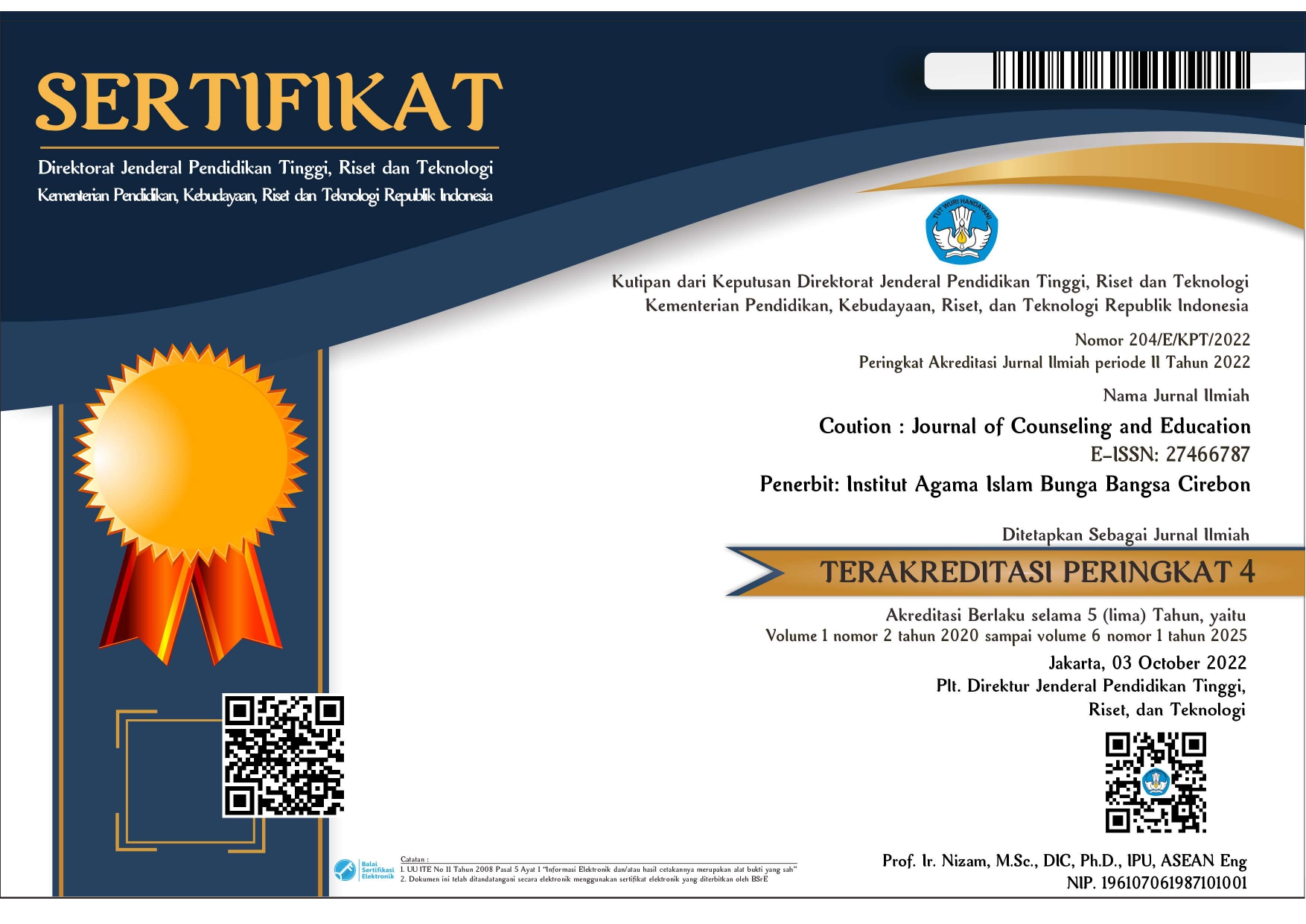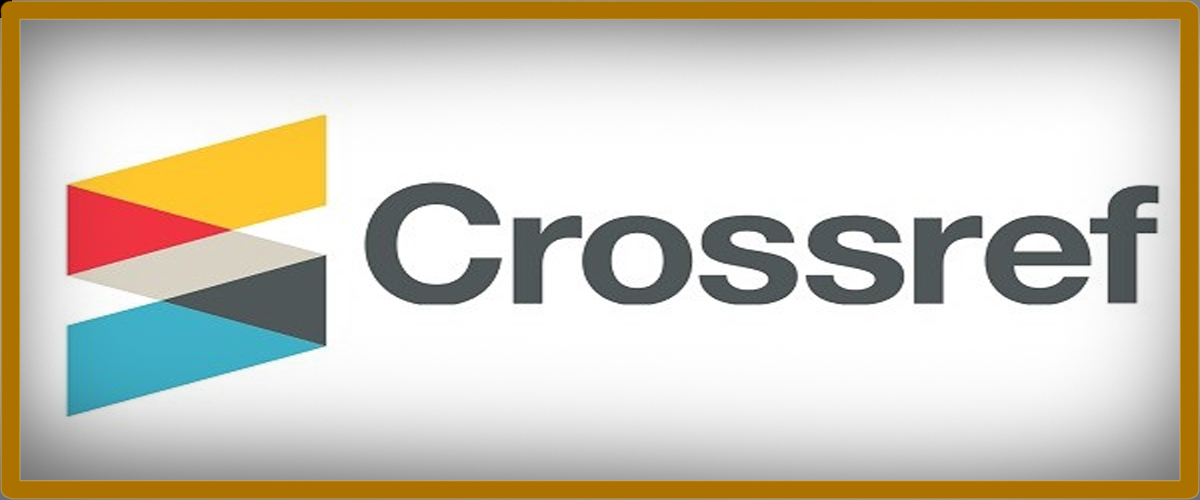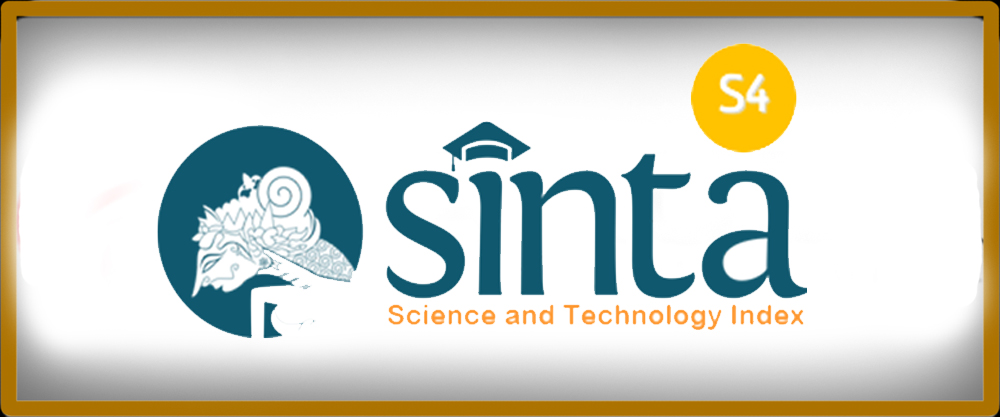Optimalisasi Layanan Bimbingan Dan Konseling Dengan Penerapan Media Robotika Berbasis Starter Pack Untuk Meningkatkan Kemampuan Berpikir Kritis Peserta Didik
Abstract
Kemampuan berpikir kritis penting dalam pembelajaran, namun seringkali siswa yang kurang memiliki kemampuan ini mengalami kesulitan akademik. SMK Syntax Business School (SBS) Kuningan menghadapi tantangan dalam mengembangkan kemampuan berpikir kritis siswa melalui layanan bimbingan dan konseling. Penelitian ini mengusulkan integrasi penerapan media robotika starter pack dalam layanan BK untuk meningkatkan kemampuan berpikir kritis siswa. Tujuan penelitian ini adalah menguji efektivitas integrasi tersebut, menggunakan metode quasi-eksperimen dengan siswa kelas XI sebagai sampel. Pengambilan sampel menggunakan Teknik purposive sampling. Kelompok eksperimen menerima layanan bimbingan dan konseling dengan intervensi penerapan media robotika, sedangkan kelompok kontrol hanya menerima layanan BK. Hasil penelitian menunjukkan peningkatan signifikan dalam kemampuan berpikir kritis pada kedua kelompok, Analisis menggunakan Uji Wilcoxon Signed Ranks Test menunjukkan signifikansi statistik, dengan nilai p 0.042 dan Skor N-Gain menunjukkan bahwa integrasi media tersebut efektif, dengan nilai rata-rata N-gain score untuk kelompok eksperimen sebesar 75.20%. Dengan demikian, disimpulkan bahwa integrasi media robotika starter pack dalam layanan bimbingan dan konseling terbukti efektif dalam meningkatkan kemampuan berpikir kritis siswa. Rekomendasi diberikan untuk mengadopsi pendekatan ini sebagai bagian dari upaya sekolah dalam meningkatkan prestasi akademik dan keterampilan berpikir kritis siswa.
Downloads
References
on educational robotics. Journal of Pre-College Engineering Education Research, 9(2),
19 – 42. https://doi.org/10.7771/2157-9288.1223
Baker, S. B., & Edwin, J. G. (1996). School Counseling for the Twenty-First Century. Prentice
Hall.
Chalmers, C. (2018). Robotics and computational thinking in primary school. International
Journal of Child-Computer Interaction, 17, 93 – 100.
https://doi.org/10.1016/j.ijcci.2018.06.005
Chevalier, M., Giang, C., Piatti, A., & Mondada, F. (2020). Fostering computational thinking
through educational robotics: a model for creative computational problem solving.
International Journal of STEM Education, 7(1). https://doi.org/10.1186/s40594-020-
00238-z
Chiazzese, G., Arrigo, M., Chifari, A., Lonati, V., & Tosto, C. (2019). Educational robotics in
primary school: Measuring the development of computational thinking skills with the
bebras tasks. Informatics, 6(4). https://doi.org/10.3390/informatics6040043
Geng, F. (2014). An Content Analysis of the Definition of Critical Thinking. Asian Social
Science, 10(19), 124–128. https://doi.org/10.5539/ass.v10n19p124
Hake, R. R., & Reece, J. (1999). ANALYZING CHANGE/GAIN SCORES*†.
https://api.semanticscholar.org/CorpusID:141123847
Halpern, D. F. (2013). Thought and knowledge: An introduction to critical thinking, Fifth
Edition. In Thought and Knowledge: An Introduction to Critical Thinking, Fifth Edition.
https://doi.org/10.4324/9781315885278
Hitchcock, D. (2017). Critical Thinking as an Educational Ideal. In Argumentation Library
(Vol. 30). https://doi.org/10.1007/978-3-319-53562-3_30
Iyer, R. H., & Duchaniya, J. (2020). Android App Controlled Multi-purpose Robot Using 8051
Microcontroller. Smart Innovation, Systems and Technologies, 160.
https://doi.org/10.1007/978-981-32-9690-9_30
Lai, E. R. (2011). Critical Thinking: A Literature Review Research Report.
http://www.pearsonassessments.com/research.
Mulyani, R., Barus, A., & Muda, I. (2018). Local wisdom of Merisik in Melayu Langkat
society: Oral tradition study. International Journal of Civil Engineering and Technology,
9(11), 2714–2720.
Muñoz-Repiso, A. G.-V., & Caballero-González, Y.-A. (2019). Robotics to develop
computational thinking in early Childhood Education; [Robótica para desarrollar el
pensamiento computacional en Educación Infantil]. Comunicar, 27(59), 63 – 72.
https://doi.org/10.3916/C59-2019-06
Nurwani, N., Amal, B. K., Adisaputera, A., & Ridwan, M. (2020). The creativity of society
making ritual becomes show art: Transformation of ratok bawak meaning on minangkabau
society, indonesia. Creativity Studies, 13(2). https://doi.org/10.3846/cs.2020.10326
Paul, R., & Elder, L. (2006). Critical Thinking: The Nature of Critical and Creative Thought.
Journal of Developmental Education, 30(2).
Piedade, J., Dorotea, N., Pedro, A., & Matos, J. F. (2020). On teaching programming
fundamentals and computational thinking with educational robotics: A didactic experience
with pre-service teachers. Education Sciences, 10(9), 1 – 15.
https://doi.org/10.3390/educsci10090214
Prasetya, Z., & Darmawan, I. (2023). Pintar robotik. Teori dan Praktik.
Raucci, R. (1999). Personal Robotics: Real Robots to Construct, Program, and Explore the
World. A K Peters/CRC Press. https://doi.org/https://doi.org/10.1201/9781003420354
Seibert, S. A. (2021). Problem-based learning: A strategy to foster generation Z’s critical
thinking and perseverance. Teaching and Learning in Nursing, 16(1), 85 – 88.
https://doi.org/10.1016/j.teln.2020.09.002
Shirazi, F., & Heidari, S. (2019). The relationship between critical thinking skills and learning
styles and academic achievement of nursing students. Journal of Nursing Research, 27(4).
https://doi.org/10.1097/jnr.0000000000000307
Sholihin, M., Sari, R. C., Yuniarti, N., & Ilyana, S. (2020). A new way of teaching business
ethics: The evaluation of virtual reality-based learning media. International Journal of
Management Education, 18(3). https://doi.org/10.1016/j.ijme.2020.100428
Sunarya, I. K. (2021). Kriya Bebali in Bali: Its essence, symbolic, and aesthetic. Cogent Social
Sciences, 7(1). https://doi.org/10.1080/23311886.2021.1882740
Wijayanti, A. (2014). Pengembangan autentic assesment berbasis proyek dengan pendekatan
saintifik untuk meningkatkan keterampilan berpikir ilmiah mahasiswa. Jurnal Pendidikan
IPA Indonesia, 3(2). https://doi.org/10.15294/jpii.v3i2.3107
Yu, L., & Ding, S. (2019). Ethics and risks between human and robotic interaction. Interaction
Studies. Social Behaviour and Communication in Biological and Artificial Systems, 20(1),
134–147. https://doi.org/10.1075/is.18009.yu
Zamroni, E., Muslihati, Lasan, B. B., & Hidayah, N. (2020). Blended Learning based on
Problem Based Learning to Improve Critical Thinking Ability of Prospective Counselors.
Journal of Physics: Conference Series, 1539(1). https://doi.org/10.1088/1742-
6596/1539/1/012039


















